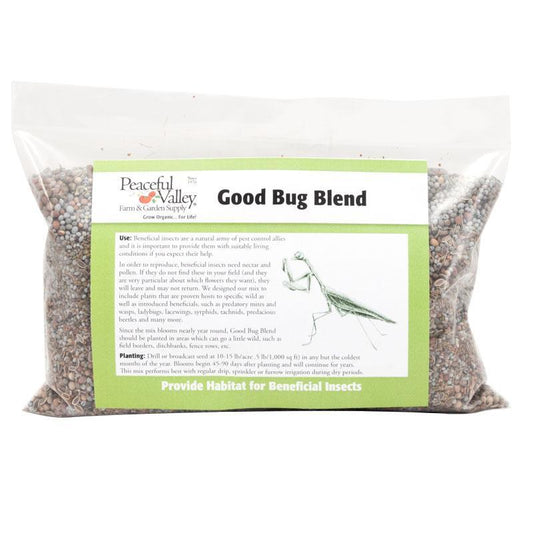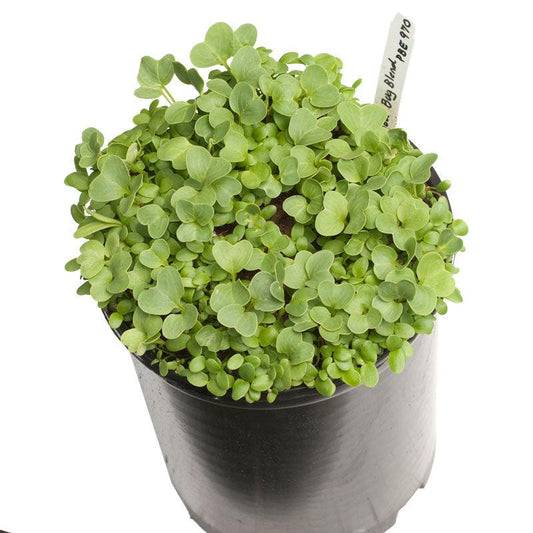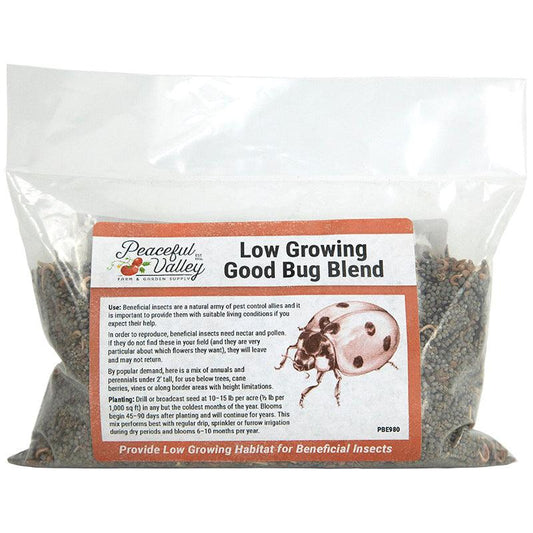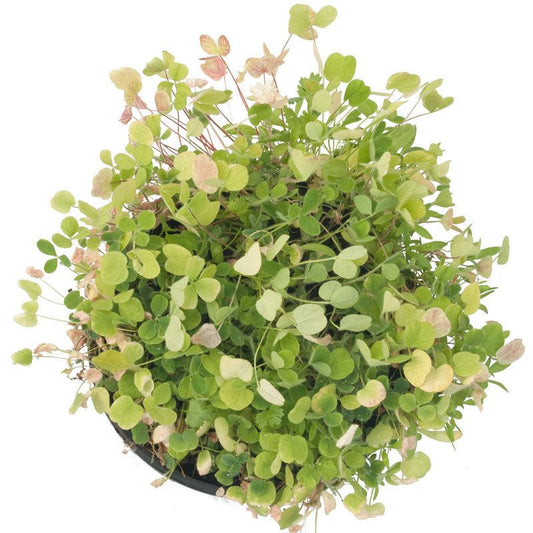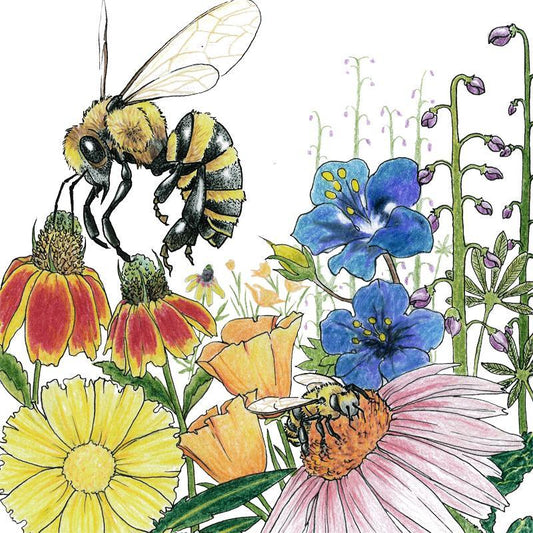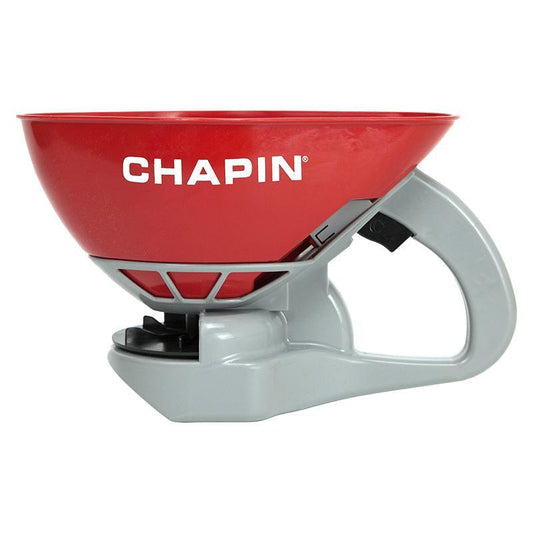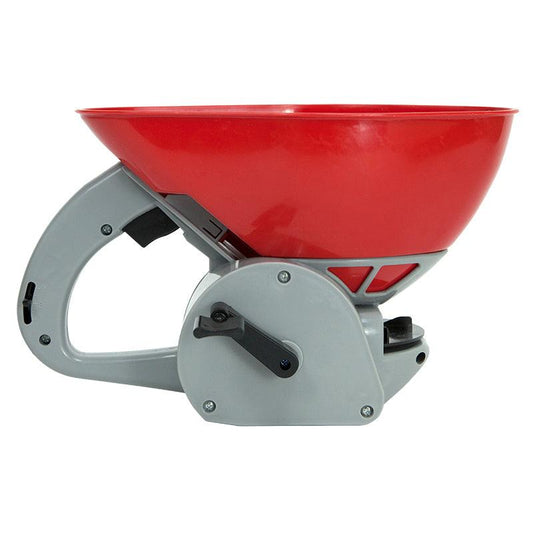Beneficial insects play a crucial role in organic gardening. They help control pests naturally, reducing the need for chemical interventions. In this guide, we’ll show you how to plant a hedgerow to attract these helpful insects and create a thriving habitat for them in your orchard or garden.
Why Plant a Hedgerow?
Beneficial insects like ladybugs, lacewings, predatory beetles, parasitic wasps, and Syrphid flies not only consume pests but also feed on nectar and pollen. A properly planted hedgerow can turn your garden into a haven for these good bugs, keeping the pest population under control. Studies show that in a well-planned hedgerow, beneficial insects outnumber pests three-to-one, which is the opposite of what you’d find in a weedy patch.
Choosing the Right Plants
Beneficial insects are selective about the plants they prefer. Popular choices include:
- Umbel flowers like dill, carrot, and yarrow
- California buckwheat
- Clovers
- Alyssum and nasturtiums
Native plants are an excellent option because they’re already adapted to your area and attract native beneficial insects. A wildflower mix, like the wildflower seeds we offer, can create a varied and effective hedgerow.
Designing and Planting Your Hedgerow
The best hedgerows include plants with varied structures, flower types, and sizes. They can be planted in strips, as borders for your garden or orchard, or interplanted as companion plants. While interplanting works, planting in strips along the edges tends to be more effective.
Here’s how to plant your hedgerow:
- Prepare the seed bed: Ensure the area is finely graded for even coverage.
- Mix seeds: Divide your seeds into two equal parts and mix each with a one-to-one ratio of perlite or builder’s sand.
- Sow the seeds: Use a hand seeder or broadcast them by hand, covering the entire area evenly. Repeat with the second half of the seeds to ensure there are no bare spots.
- Tamp the soil: Lightly tamp down the soil using a board, lawn roller, or by adding a thin layer of compost.
- Water the area: Keep the soil moist to encourage germination.
Enjoy the Benefits
With proper care, your hedgerow will bloom six to ten months out of the year, providing a consistent habitat for beneficial insects. Once established, you’ll notice a healthier, more balanced garden ecosystem.
Plant a hedgerow, attract beneficial insects, and grow organic for life!

